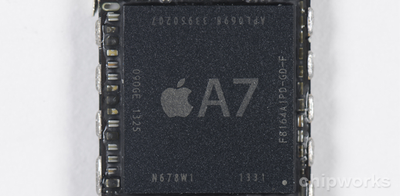Gerard Williams III, lead designer of Apple's custom iOS chips from A7 to A12X, has departed the company, according to CNET. While no indication of a change has been made on his LinkedIn profile, it does offer a glimpse into his design prowess.
Williams' presence goes back even further into Apple device history, as he served as the technical lead for the Cortex-A8 design, ARM's first superscalar core design and the heart of the iPhone 3GS. His role evidently grew over the years, with CPU architecture responsibilities eventually evolving into ownership of the entire system on chip (SoC), which houses CPU, graphics, image processing, secure enclave, motion, and AI cores.
A look at his patent portfolio shows he was a key force behind Apple's foray into mixed CPU core clusters starting with the A10 Fusion chip, and transitioning into full heterogeneous cores with the A11 Bionic. His body of work also includes an emphasis on cache, memory, and energy efficiency. These have become key differentiating features as seen in performance benchmarking from sites such as AnandTech.

He came to Apple with a splash, as the A7 was Apple's first 64-bit CPU core. This design arrived on the market over a full year before competitors like Qualcomm and Samsung could respond and largely cemented the technical prowess of the SoC team Apple had created.
If confirmed, his departure would follow the more well-known CPU architect Jim Keller, who was part of Apple's acquisition of PA Semi. More recently, Apple's SoC team lost its lead Manu Gulati, whose vacated role was assumed by Williams. Apple has had some success at retaining key technical executives, however, as the recent rumors of SVP of Hardware Technologies Johnny Srouji's candidacy for Intel CEO fizzled out. Apple also managed to keep Bob Mansfield despite having announced his retirement.
As for potential destinations, Intel has become the number one destination for high-profile technical leads, as they have lured many key AMD executives, as well as former Apple lead Jim Keller. Intel has been absorbing members of the press as well as it seeks to reclaim its technical leadership in the industry, taking on long-tenured PC Perspective writers, including editor-in-chief Ryan Shrout.























